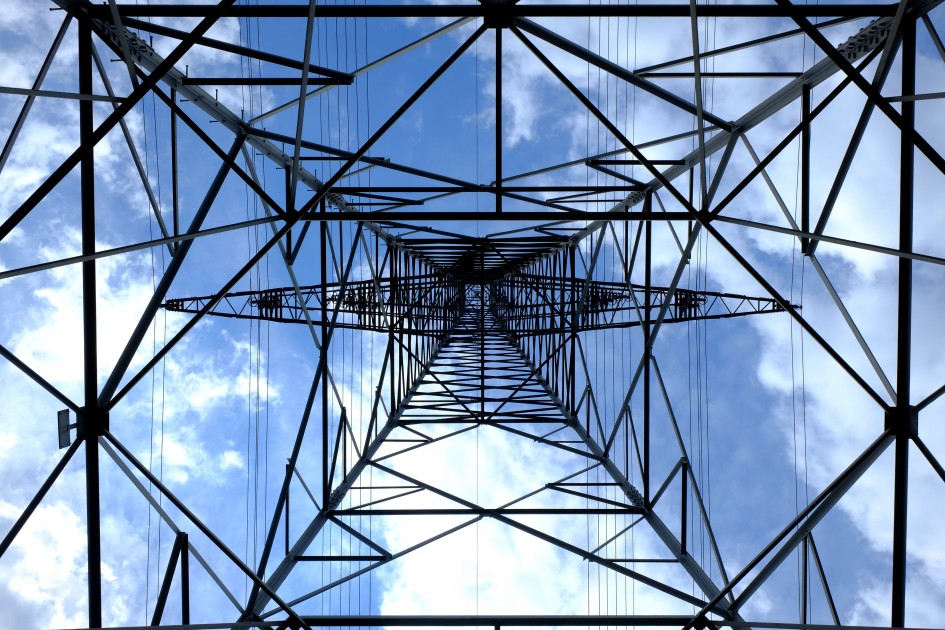One bright spring day, I was enjoying the warming weather and sunny skies. Not a cloud in the sky, but nonetheless, the power suddenly went out. In the spring in Atlanta, we are accustomed to power interruptions when thunderstorms roll through throwing lightening into the power grid dozens of times per minute. But this was a clear day. I wondered, “Why the outage”?
After a couple minutes, I started to realize this wasn’t a simple power glitch. The power might actually be out for a while. I did what every other red-blooded American does in the modern era; I reached for my iPhone to see if I could look up the number to call. As I started searching, I thought “I’ll probably just get an answering machine after five minutes telling me the message box was full”. Maybe instead I’ll get one of the new phone answering robots to complain to that will try to understand why I am calling. A quick google search for my utility company instead brought up a mobile-friendly web site. Mobile friendly website… from a utility company? Did I have the right company?
Surprised that it wasn’t an ancient static web page, I noticed a “check for or report service interruption” link. Wow! But not getting my hopes up since it will likely require an account number from my e-Bill that I can’t get to since the power is out, but I decided to press on. Shockingly, it brought up a map telling me there were two interruptions right now in their service area, one impacting a single customer, and another impacting five customers. I zoomed into the location with five and that was my street. Now getting impressed, I selected the link that would give me an estimated time to repair. Two hours they quoted. Since this was a Sunday afternoon, I was pessimistic, but at least they already knew about it and were working on it.
I ventured outside to see if the neighbors were also without power since it was too coincidental that there were five customers without power reported and there are five houses on my street. This is when I found out that the neighbor next door had backed their SUV over the power transformer next to their driveway. The smell of burnt rubber and transformer windings confirmed that was the cause of the “power interruption” displayed online.
The power had only been out ten minutes at this point. Two utility bucket trucks were already working on the transformer. On a Sunday? Wow, they must have been around the corner.
The power took a bit longer to restore (two hours and 30 minutes, but I would call that within the margin of error), as they needed additional parts and tools requiring a third truck to join the party during the job. But after installation of a new transformer, and a few other components that it anchored to under the street surface, the power was restored.
Sounds too good to be true. This is how we wish the electric utility operated.
Wrong. The above events are an accurate portrayal of the present if you are a subscriber to electric power from Sawnee EMC in Forsyth county, Georgia. I never thought it possible, but I am actually a fan of my electric utility.
Just outside the city of Atlanta, Sawnee EMC provides reasonable rates and cutting-edge customer service including green-button interval data on demand, use of smart meters to find problems in their distribution network, and fully electronic management of accounts.
Electric utility companies have come a long way; and the smart grid has started to be leveraged to accomplish a lot more than simply generating more data about time of usage. As the author William Gibson postulated, “The future is already here; it just isn’t evenly distributed”.
I wish you luck that soon your electric utility will correctly capitalize on their smart-grid investments and improve the customer experience while driving their costs down too.
